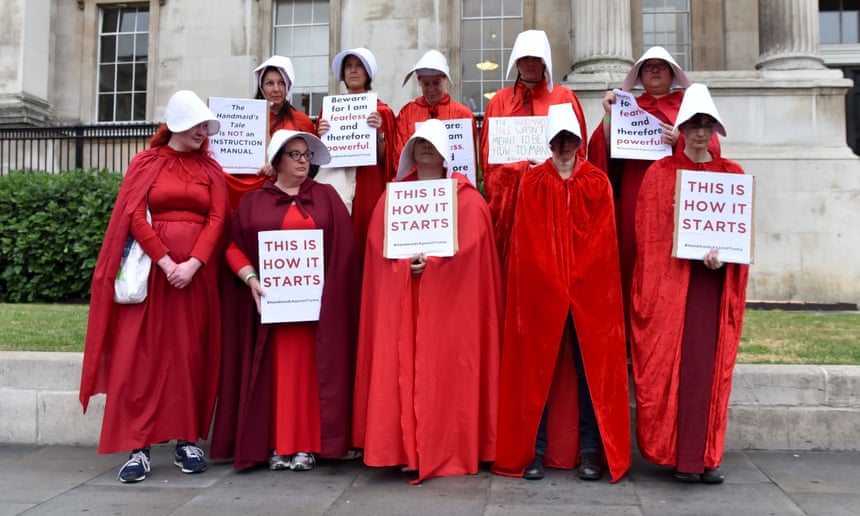
Whilst walking across to the helipad the other day, I mused the heights some reach and yet they
still can't get the staff. Today's news mentions the refusal by Saudi Crown Prince Mohammed bin Salman to loan the Salvator Mundi (salvation of the world) picture to the Paris Louvre.
Gossip suggests that it might be because it could be found out to be a fake, or at least 'from the premises of Leonardo da Vinci' rather than painted by him. All that wealth yet he can't get enyone to tell him if the picture is real, let alone before he bought it. I'd want to be pretty certain if I'd paid $448 million for it. Come to think about it, I'd want to buy it from someone trustworthy, not a chain with a Russian oligarch and a disgraced art dealer. Let's follow the paint spots.

‘Salvator Mundi’ dates from around 1500. It was first recorded in the Royal collection of King Charles I (1600-1649) and thought to have hung in the private chambers of Henrietta Maria – the wife of King Charles I – in her palace in Greenwich. It was later in the collection of Charles II.
It goes quiet until Salvator Mundi is recorded in a 1763 sale by Charlie Sheffield, the illegitimate son of the Duke of Buckingham, auctioned it following the sale of Buckingham Palace to the king.
It then disappeared until 1900 when it was acquired by Sir Charles Robinson as a work by - wait for it -
Leonardo’s follower, Bernardino Luini, for the Cook Collection, Doughty House, Richmond.
By this time, its authorship by Leonardo, origins and illustrious royal history had been forgotten, and Christ’s face and hair have been overpainted.

In the dispersal of the Cook Collection, it was ultimately consigned to a sale at Sotheby’s in 1958 where it sold for a modest £45.
It disappeared once again for nearly 50 years, emerging in 2005 when it was purchased from an American estate at a small regional auction house. Its rediscovery was followed by six years of painstaking research to document its authenticity.
Then, in 2005, an undisclosed consortium of American businessmen purchased the painting. The painting was brokered to the disgraced Swiss art dealer Yves Bouvier for $80m.
He sold it to the boss of AS Monaco football club, one Dmitri Rybolovlev, the potash billionaire. Rybolovlev paid $127.5 million as part of a job lot of 37 paintings flogged by Bouvier to Rybolovlev for £2.1 billion. A tidy way to clean up the cash from the *ahem* potash sales.
Bouvier's commission was $45 million. So what would Rybolovlev do? Sue Bouvier for overcharging, of course. The legal action is in cash-friendly Monaco, but Philippe Narmino, Monaco’s justice minister, took early retirement in September 2017 after 'friendly text messages' with Rybolovlev’s lawyer Tetiana Bersheda and other Monaco officials were published (aka “the existence of a secret network affecting the local courts for the benefit of Rybolovlev”) .
So we now have a painting, allegedly by Leonardo da Vinci, refused for display in the Louvre Paris by Crown Prince MBS, the Head of State for Saudi Arabia. He's bought it from a Russian oligarch, via a discredited art dealer and it might be a fake.
Easy come, easy go.
There's quite a few times when 'don't do it' could have been uttered in this chain of events - unless the motivation was other than related to the artwork?

And now the kicker. That Russian football club owning potash billionaire also bought something else of interest. A mansion - the Maison de L'Amite. For $95 million. In Palm Beach. From Donald Trump. But we knew that was coming, didn't we?
Characteristically, Donny sold substandard property. Rybolovlev has demolished it.










































